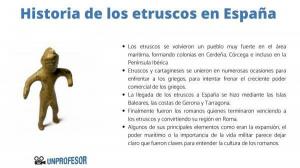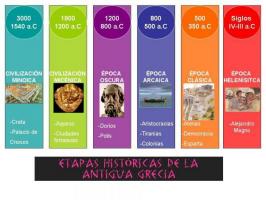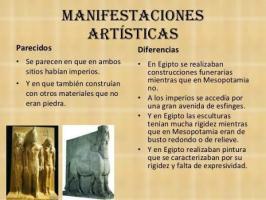Aristotle's COSMOLOGY
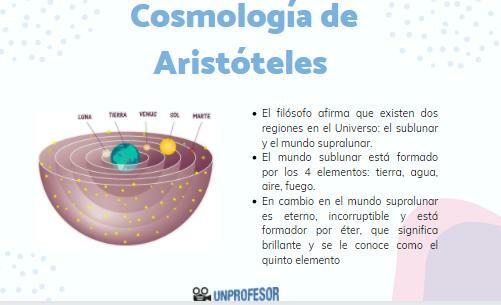
In this lesson from a TEACHER we explain the Aristotle's vision of the cosmos, that is to say, its cosmology, which will last for almost 2000 years, until Copernicus, in the s. XVI will show a new model that will change the concept of the universe that was had until then. According to the stagirite, the earth remains immobile in the center of the Universe and the other planets, the moon and the sun, rotate around it.
The philosopher affirms that there are two regions in the Universe, the sublunar and the supralunar world. The sublunar world is made up of the 4 elements: earth, water, air, fire. On the other hand, in the supralunar world it is eternal, incorruptible, and is formed by ether, which means brilliant, and is known as the fifth element. Aristotle's error consists in believing that the earth does not move, when experience says the opposite.
If you want to know more about the aristotle cosmology, you can continue reading this lesson from a TEACHER. Ready for class? Well, let's go!
Index
- The universe in Aristotle's cosmology
- Aristotle's metaphysical and teleological cosmology
- The sub-lunar world
- The supra-lunar world
The universe in Aristotle's cosmology.
According Aristotle the earth is motionless in the Center of the universe and around it revolve the rest of the planets, the moon and the sun. Aristoteles considers that there are two regions in the Universe, the sublunar and the supralunar world. All the elements of the sublunar world are formed by the 4 elements: earth, water, air, fire. On the other hand, in the supralunar world they have always existed, they will never die and these elements are made up of one element: ether (bright).
Aristotle, who was always known as the philosopher of common sense, he was deceived by himself into thinking that the earth did not move, and that the rest of the planets, the moon and the sun revolved around it. Its cosmology, therefore, is not deductive, since it does not start from experience.
And is that Aristotle's cosmology is teleological and theological, considering that everything has an end and that that end is the immobile motor, which determines nature itself and the human being, printing movements in everything there is, being itself immobile.
His physics is at the same time metaphysical, since he explains all of his cosmology from the qualities of physical bodies. Lastly, he has acdualistic conception of the universe, although he denies Platonic dualism, but replaces it with his theory of the sub-lunar world and the supra-lunar world. We will talk about this below.
Aristotle's metaphysical and teleological cosmology.
Although Aristotle denied the Plato's theory of ideas, that separated ideas from things, did defend the existence of a dual universe, since the thinker, supposed that the universe was divided between sub-lunar world and the supra-lunar world.
"And if there is something eternally moved, not even such a thing can be moved according to power... if it is not passing from one point to another as the heavens move precisely). And nothing prevents that there is a matter of this type of movement. For this reason, the sun, the stars and the whole sky are always in action. And there is no reason to fear that such stars will stop at a certain moment as physicists fear. Nor do they tire of making their way, because their movement is not like that of corruptible things, linked to the power of the opposites, which would make the continuity of the opposites. "
All of Aristotle's cosmology contains metaphysical considerations and that, in addition, it ends with the demonstration of the existence of the first motor, since, if not, he claimed, there would be no becoming.

The sub-lunar world.
He is characterized by having all the modes of change, and especially, by generation and corruption. It is composed of a corruptible matter, the power of opposites, which is made up of the four elements: water, fire, sea and air. Unlike Empedocles, the one from Estagira ensured their transformation, since in this world, everything is born and everything dies.
Its characteristic movement is linear, as opposed to the circular and local of the sub-lunar world. In the sub-lunar world everything changes, not like in the supra-lunar world where everything has always been and will be all the same (always has been and always will be). And it is that according to the author, in all ages the heavens have been the same way and therefore, they were neither born, nor will they die. The difference between the two worlds is in the elements of which they are composed. Water, fire, sea and air are corruptible, while the ether, the matter of the supra-lunar world, is not.
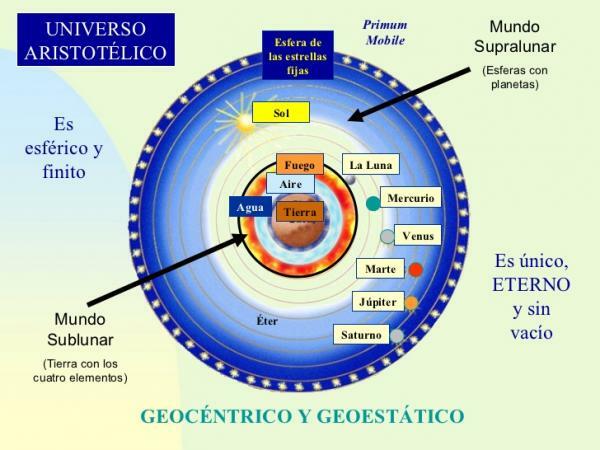
Image: Slideshare
The supra-lunar world.
Within Aristotle's cosmology we must also talk about the supra-lunar world, the one on the moon, it is divine and has always existed, it has neither beginning nor end, it is eternal and incorruptible.
This formed by ether, the fifth element (because it is added to the other four known ones) or the fifth essence, which has the ability to shine and emit light and is only capable of receiving local movement. Unlike the other four elements, the proper motion of the ether is circular. It has not been created nor can it be destroyed, it is not associated with any mode that implies movement, that is why the supra-lunar world has the same characteristics.
Interestingly this is the common thought throughout the Middle Ages and it was not until the Modern Age that this division disappeared, in the same way as all its presuppositions.
We hope you enjoyed this lesson on Aristotle's cosmology. Also, here you go training, with their solutions to practice what you've learned about Aristotle's view of the cosmos. You can also leave your doubts and comments.
If you want to read more articles similar to Aristotle's Cosmology, we recommend that you enter our category of Philosophy.
Bibliography
- Aristotle. Physical. Ed. Gredos. 2014
- Aristotle. Metaphysics. Ed. Gredos. 2014

